Intro
Discover the rich history and cultural significance of Ashkenazi Jewish heritage, exploring its roots, traditions, and genetic traits, including ancestry, customs, and DNA lineage, to understand this unique ethnic groups identity and legacy.
The Ashkenazi Jewish heritage is a rich and complex topic that has garnered significant attention in recent years, particularly with the advancement of genetic research and the growing interest in ancestry and genealogy. The history of the Ashkenazi Jews is a long and fascinating one, spanning over a thousand years and encompassing a wide range of cultural, social, and religious practices. For individuals of Ashkenazi descent, understanding their heritage can be a powerful way to connect with their roots and appreciate the unique experiences and traditions that have shaped their community.
The term "Ashkenazi" refers to Jews of Eastern European descent, specifically those from Germany, Poland, Russia, and other nearby countries. The name "Ashkenaz" is derived from the Hebrew word for Germany, and it has been used to describe this particular group of Jews since the Middle Ages. Over time, the Ashkenazi community developed a distinct culture, language, and set of customs that differentiated them from other Jewish groups, such as the Sephardic Jews of Spain and Portugal.
The history of the Ashkenazi Jews is marked by periods of significant migration, persecution, and resilience. In the Middle Ages, many Ashkenazi Jews fled from Germany and other Western European countries to escape persecution and violence, settling in Eastern Europe where they established thriving communities. Despite facing numerous challenges, including poverty, discrimination, and violence, the Ashkenazi Jews managed to maintain their cultural and religious traditions, developing a rich and vibrant heritage that continues to influence Jewish life today.
Ashkenazi Jewish History and Migration
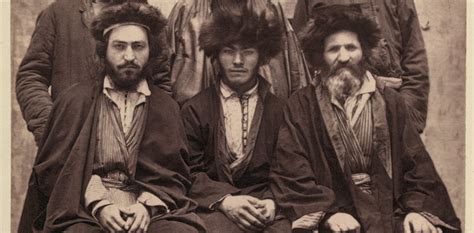
The migration patterns of the Ashkenazi Jews have played a significant role in shaping their heritage. From the 12th to the 15th centuries, many Ashkenazi Jews migrated from Germany to Poland, where they established a major center of Jewish learning and culture. The Polish-Lithuanian Commonwealth became a hub for Ashkenazi Jewish life, with many notable rabbis, scholars, and intellectuals emerging from this community. However, the Ashkenazi Jews also faced significant challenges in Poland, including persecution, violence, and economic hardship.
Key Migration Periods
The migration of Ashkenazi Jews can be divided into several key periods, including: * The initial migration from Germany to Poland in the 12th century * The migration from Poland to Russia and other Eastern European countries in the 18th and 19th centuries * The mass migration to the United States and other Western countries in the late 19th and early 20th centuries * The migration to Israel and other countries in the mid-20th centuryAshkenazi Jewish Culture and Traditions
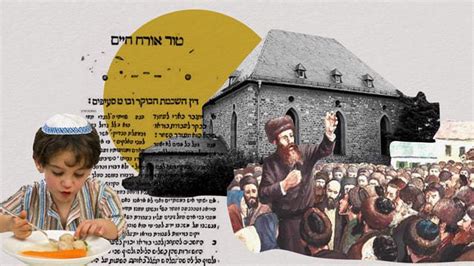
Ashkenazi Jewish culture is characterized by a unique blend of traditional and modern practices. The Ashkenazi community has a rich tradition of music, art, and literature, with many notable figures contributing to the development of Jewish culture. The Yiddish language, which emerged as a distinct dialect in the 10th century, has played a significant role in Ashkenazi Jewish culture, with many classic works of literature and theater written in this language.
Traditional Ashkenazi Jewish Practices
Some traditional Ashkenazi Jewish practices include: * Observing the Sabbath and other Jewish holidays * Following kosher dietary laws * Participating in synagogue services and communal prayer * Studying Jewish texts, such as the Talmud and Torah * Observing traditional customs, such as the lighting of Shabbat candles and the celebration of PurimAshkenazi Jewish Genetics and Health
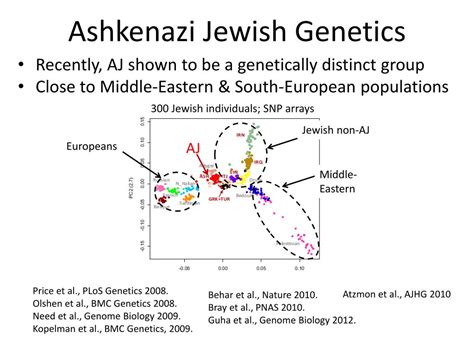
In recent years, there has been a growing interest in the genetic aspects of Ashkenazi Jewish heritage. Research has shown that Ashkenazi Jews are more likely to carry certain genetic mutations, such as those associated with breast cancer and Tay-Sachs disease. This has led to the development of targeted genetic screening programs and increased awareness about the importance of genetic testing for individuals of Ashkenazi descent.
Common Genetic Disorders
Some common genetic disorders found in the Ashkenazi Jewish population include: * Breast cancer (BRCA1 and BRCA2 mutations) * Tay-Sachs disease * Gaucher disease * Cystic fibrosis * Canavan diseaseAshkenazi Jewish Cuisine and Food Traditions
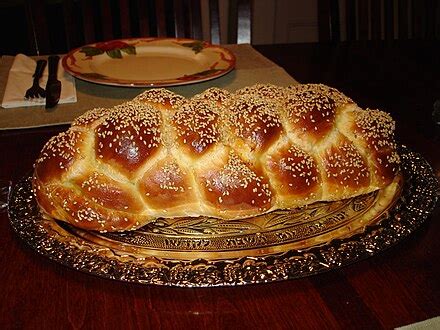
Ashkenazi Jewish cuisine is known for its hearty and flavorful dishes, often made with traditional ingredients such as meat, potatoes, and vegetables. Classic Ashkenazi dishes include gefilte fish, knishes, and matzo ball soup. The Ashkenazi community has also developed a rich tradition of baking, with many classic desserts such as rugelach and babka.
Traditional Ashkenazi Jewish Dishes
Some traditional Ashkenazi Jewish dishes include: * Gefilte fish * Knishes * Matzo ball soup * Cholent * Kugel * Rugelach * BabkaAshkenazi Jewish Community and Identity

The Ashkenazi Jewish community is a vibrant and diverse group, with a strong sense of identity and connection to their heritage. Many Ashkenazi Jews continue to observe traditional practices and customs, while also embracing modern values and lifestyles. The Ashkenazi community has also been at the forefront of Jewish innovation and creativity, with many notable figures contributing to the development of Jewish art, literature, and music.
Ashkenazi Jewish Identity
Some key aspects of Ashkenazi Jewish identity include: * A strong sense of connection to their heritage and traditions * A commitment to Jewish values and practices * A sense of community and belonging to the Ashkenazi Jewish group * A rich cultural and artistic heritage * A strong tradition of intellectual and academic achievementAshkenazi Jewish Heritage and Legacy
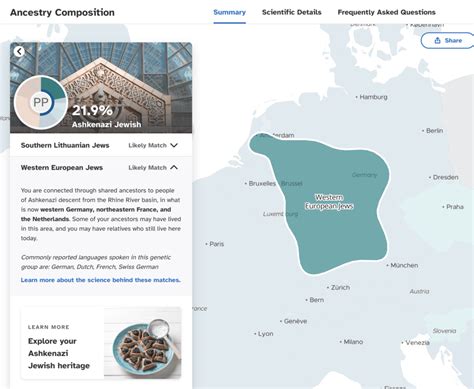
The Ashkenazi Jewish heritage is a rich and complex one, with a deep impact on Jewish life and culture. The Ashkenazi community has made significant contributions to Jewish scholarship, art, and literature, and has played a major role in shaping Jewish identity and practice. As the Ashkenazi Jewish community continues to evolve and grow, it is likely that their heritage and legacy will remain an important part of Jewish life for generations to come.
Ashkenazi Jewish Contributions
Some notable Ashkenazi Jewish contributions include: * The development of Jewish scholarship and learning * The creation of Jewish art and literature * The establishment of Jewish communities and institutions * The preservation of Jewish traditions and customs * The promotion of Jewish values and practicesWhat is the origin of the Ashkenazi Jewish community?
+The Ashkenazi Jewish community originated in Eastern Europe, specifically in Germany, Poland, and Russia, over a thousand years ago.
What are some traditional Ashkenazi Jewish practices?
+Traditional Ashkenazi Jewish practices include observing the Sabbath and other Jewish holidays, following kosher dietary laws, and participating in synagogue services and communal prayer.
What are some common genetic disorders found in the Ashkenazi Jewish population?
+Some common genetic disorders found in the Ashkenazi Jewish population include breast cancer (BRCA1 and BRCA2 mutations), Tay-Sachs disease, Gaucher disease, cystic fibrosis, and Canavan disease.
As we conclude our exploration of the Ashkenazi Jewish heritage, we invite you to share your thoughts and reflections on this rich and complex topic. Whether you are of Ashkenazi descent or simply interested in learning more about this vibrant community, we encourage you to engage with the content and share your own experiences and insights. By doing so, we can continue to learn from and appreciate the unique traditions and customs that have shaped the Ashkenazi Jewish community over the centuries.
